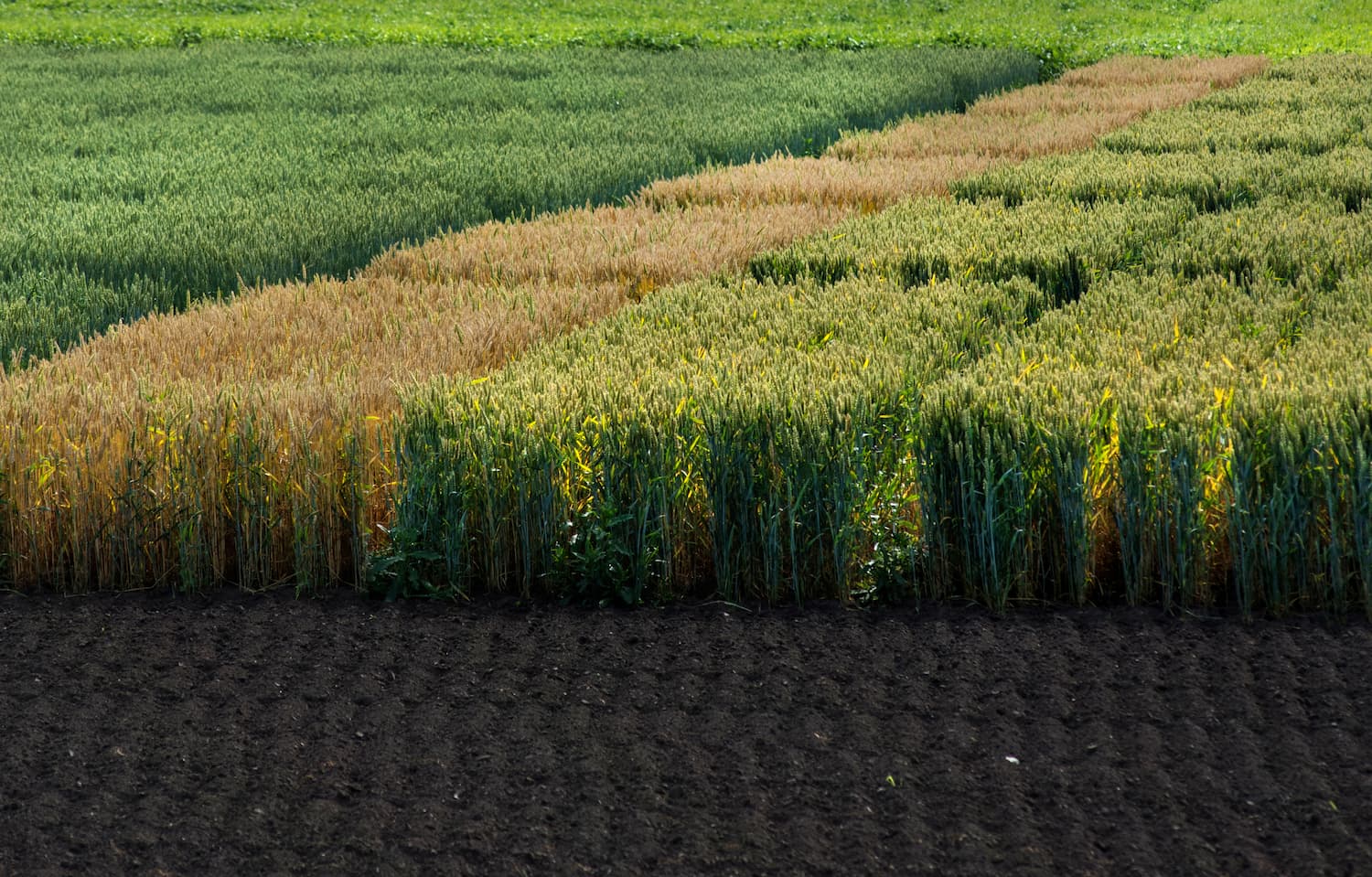EO Capability Benefits
Estimating methane emissions from rice cultivation using Earth Observation (EO) supports climate mitigation, sustainable agriculture, and carbon market readiness. Rice paddies are among the largest anthropogenic sources of methane due to anaerobic decomposition in flooded fields. EO-based monitoring enables accurate, repeatable, and scalable tracking of water management practices—such as alternate wetting and drying (AWD)—that influence emissions. This capability helps governments, donors, and carbon initiatives quantify mitigation outcomes, design results-based finance schemes, and comply with greenhouse gas (GHG) reporting frameworks.
EO Capability Description
Methane emissions from rice are estimated by mapping field-scale water regimes using Synthetic Aperture Radar (SAR) data—especially from Sentinel-1—and applying emission factors from established models (e.g., IPCC Tier 2 or peer-reviewed regional parameters). SAR detects surface inundation patterns with high sensitivity, allowing classification of flooded vs. non-flooded conditions over time, even under cloud cover.
EO services use SAR time-series to determine the frequency and duration of field flooding, enabling differentiation between continuous flooding and AWD. These water regime maps are then combined with crop calendars and regional emission coefficients to calculate methane outputs per hectare, usually expressed in kg CH₄ or CO₂-equivalent.
Products are delivered as maps and statistical summaries at 10–30 m resolution. They are typically generated post-season but can also be used in near-real time for monitoring performance. Accuracy depends on field validation, availability of ground-based emission measurements, and resolution of SAR imagery.
This capability is particularly relevant for national GHG inventories, sustainable rice certification, and climate finance. It enables low-cost MRV (Monitoring, Reporting, Verification) systems that enhance transparency and encourage adoption of low-emission practices in rice production systems.


